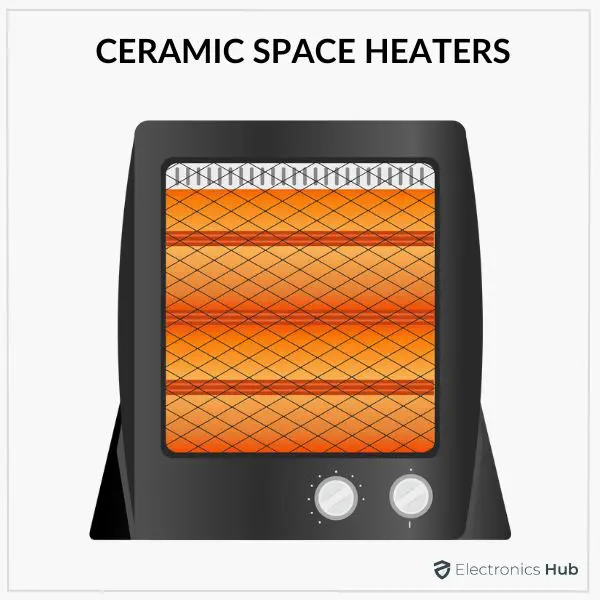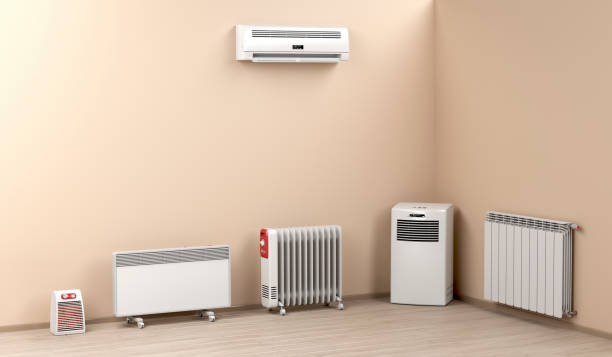The Single Strategy To Use For 1 Source Portable Air
The Single Strategy To Use For 1 Source Portable Air
Blog Article
1 Source Portable Air for Beginners
Table of ContentsUnknown Facts About 1 Source Portable AirThe smart Trick of 1 Source Portable Air That Nobody is Talking AboutThe Greatest Guide To 1 Source Portable Air1 Source Portable Air - Questions1 Source Portable Air for Dummies
Running expenses are based on an electrical energy price of 40c/kWh. The costs for 3 months' usage in winter months are based on 500 hours use, or about 6 hours each day for 3 months. Optimum warm output is based upon the maximum wattage of the versions we've examined (we concentrate on higher electrical power heating units).
This depends upon what expense you're considering ahead of time purchase, or running price? As normal, there are trade-offs with either choice. Usually, small follower heating units are much less pricey to purchase, but can have higher running expenses. Oil column heating units will be the cheapest on the market to run (generally) however just by a narrow margin in advance of convection heaters (like panel and micathermic panels).
How 1 Source Portable Air can Save You Time, Stress, and Money.
If you have a relatively easy to fix ceiling follower, it'll aid distribute the warmth around the area more evenly. The models in our electric heating units test generally variety in cost from well under $100 to over $900, however we have actually discovered a greater price doesn't always indicate far better efficiency. A variety of expensive heating systems have fallen short to excite our testers, while some cheaper models create remarkably excellent buys.
As the name recommends, they emit warm from a red-hot heating component (so the household will have to take turns being in front of it). There are flooring and wall-mounted versions offered. Radiant heaters are reasonably inexpensive. They have a cosy radiance and individual warming effect, like being in front of a fire.
The relatively exposed home heating aspect can be a fire and safety hazard. For instance, a piece of apparel dropped over it may ignite, or toddlers messing around a floor version may melt themselves, so beware. Radiant heaters usually cost between $20 and $200. Oil-filled column heaters do not actually shed oil they make use of electrical energy to warm the oil that's sealed inside their columns or 'fins'.
Examine This Report about 1 Source Portable Air
Some column heating units aren't also oil-filled yet instead use other material or home heating technology to work the same way - 1 Source Portable Air. The danger of fire with an oil column heating unit is low compared to other heating unit kinds, yet never ever no. Oil heating systems do not have revealed components like glowing heating systems do, and their surface area temperature level is less than lots of other heating unit types (their big surface area makes up for it)
Oil column heaters will not take off, and while they do not shed their oil to produce warm, it's still flammable, so there is a fire risk if the oil leakages, if the heating system pointers over and leakages, or if combustible visit objects or material enter call or fall on the heating system. You need to work out the very same level of caution with oil heaters when it comes to various other heater types, and never ever hang towels or clothing over one to dry them use a drying out rack instead, at the very least one metre away.
Column heating systems are specifically beneficial in rooms where they'll be activated for extended periods of time or where they'll run ignored, such as overnight in a bedroom. The surface areas you're likely to discuss a column pop over to this web-site heating unit don't obtain as warm as various other types of electrical heating units. You can use a ceiling follower on very reduced speed to aid the column heating system to distribute the warmth quicker and more uniformly.
If there's not much air activity (for instance, if you're resting analysis or viewing television), the warm might not be distributed equally. Oil-filled column heaters normally cost between $50 and $450. Convection and panel heating units attract chilly air over an electric home heating element. The warmed up air after that leaves the heater and increases in the direction of the ceiling, while cooler air relocations in to change it.
Excitement About 1 Source Portable Air
:strip_icc()/GettyImages-1390275521-17ac0280256e4687a862ba53775d9cc4.jpg)
Convection and panel heaters are more mobile than their oil-filled column heating system equivalents due to the fact that they're dramatically lighter. Like a column heater, you can utilize a ceiling fan on extremely low rate to disperse the warm faster and extra equally.

Little Known Questions About 1 Source Portable Air.
Follower heaters are often smaller sized and a lot more portable than various other electric heating systems. They also can be found in the kind of tower follower heating systems, which can be much better for dispersing heat around larger spaces as a result of their taller account. They can heat up the air in an area much more swiftly, uniformly and rapidly than a few other heater types.
Follower heating units (ceramic or otherwise) generally cost between $60 and $900. Ceramic fan heating original site units aren't always any kind of different in price to non-ceramic designs.
Report this page